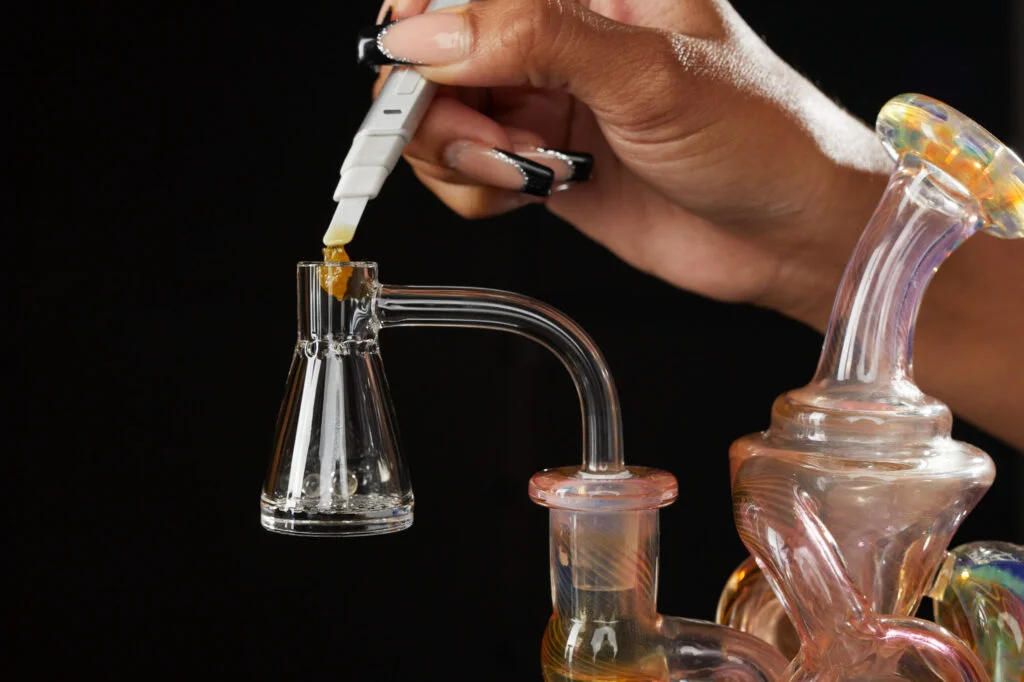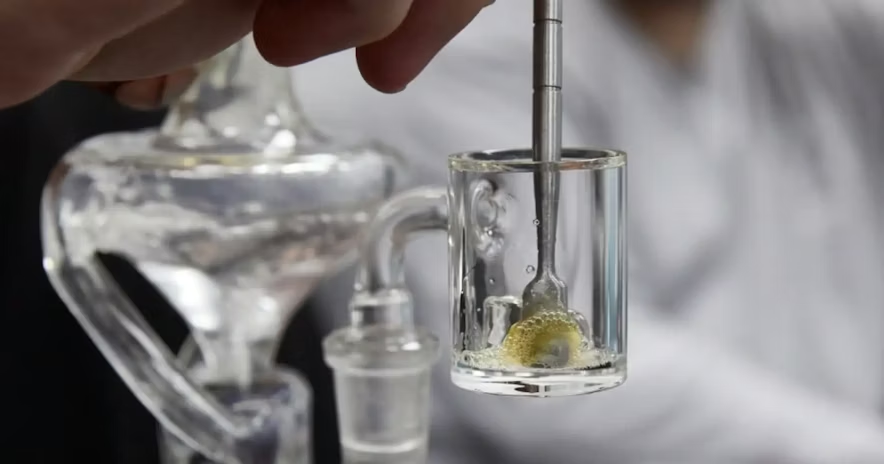Rolling Trays 101: What Should You Know Before You Buy One?
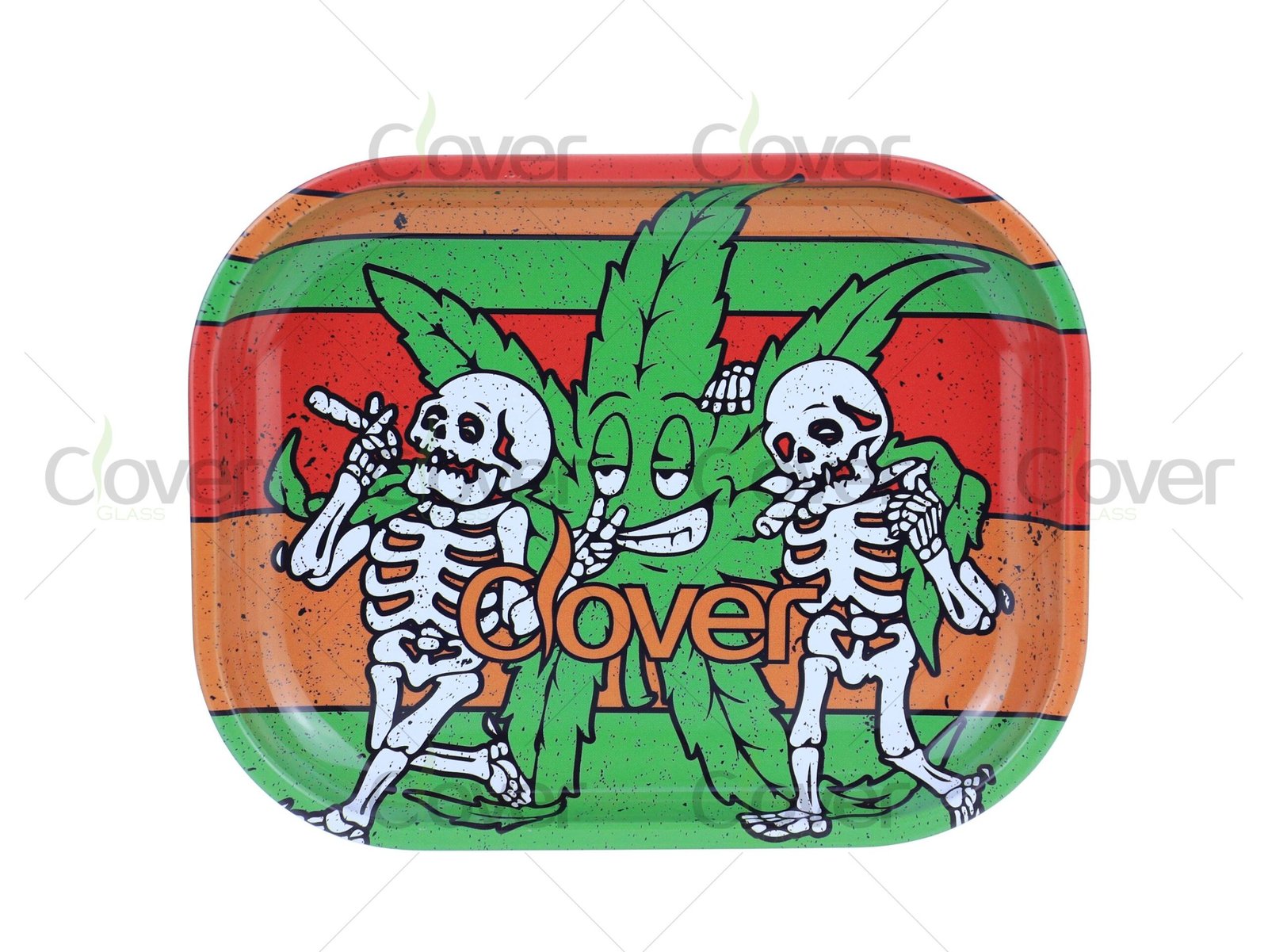
Problem: loose herbs, sticky residue, lost tips.
Agitate: every session ends with a mess—and wasted material.
Solve: the right rolling tray (or a smart substitute) fixes this fast.
Rolling trays keep prep clean, tools within reach, and waste to a minimum. For end users and shops bundling Glass Oil burner Pipe accessories, the best trays are heat-tolerant, easy to wipe, and organized with slots. Choose durable materials, clean regularly, and size up for groups. Add a silicone mat to protect prints and handle heat safely.
A quick story: when I first started shipping Oil burner pipes to U.S. clients, I underestimated trays. One retailer added a $6 aluminum tray to every Oil Burner pipe wholesale order and messaged me two weeks later: “Frank, customers love the clean setup—returns dropped.” That’s the quiet power of a simple tool.
Why Do People Use Rolling Trays?
Because a tray gives you a flat, contained, easy-to-clean surface that prevents waste and keeps Glass Oil burner Pipe tools and papers organized.
For everyday use, a tray works like a tidy workbench. It catches the crumbs that would otherwise end up in your lap or carpet. It also protects fragile accessories—filters, tips, and even small dab tools—so nothing rolls off the table. If you’re pairing with Oil burner pipes, a tray with raised edges prevents hot tools from contacting the table and keeps everything visible. I tell retailers to position trays near checkout: most consumers don’t plan to buy one until they see how it solves a real problem—mess.
A good tray also speeds you up. Your grinder, papers, lighter, tips, and the Glass Oil burner Pipe sit in predictable spots. Less fumbling, more flow. And if you roll outdoors or in a car (parked, of course), the tray becomes a stable platform. Finally, trays are an easy gift or bundle item: they show personality through prints and logos, which matters for retailers building brand identity.
What are the most commonly used trays and why?
The mainstream choices are aluminum (light, durable, printable), tinplate (budget), acrylic (glossy look), bamboo/wood (warm aesthetics), and silicone (non-stick for sticky concentrates used alongside Oil burner pipes). Aluminum dominates because it’s stackable for shops, cleans fast with alcohol, and supports UV print for private labels. If you’re buying one tray, start with medium aluminum; if you’re a store, stock small for travel, medium for daily use, large for groups.
How to use a Blazy Susan rolling tray?
A Blazy Susan is a rotating organizer. Place it in the center of your table, load the compartments—papers, tips, grinder, lighter, even a small silicone mat for hot tools—and rotate instead of reaching. In group sessions, nobody stretches across the table, and every tool returns to the same slot, which reduces misplaced items. For Oil Burner pipe wholesale kits, I’ve seen shops include a mini silicone insert on the Susan so customers don’t park hot items directly on wood.
Do you have to be 21 to buy a rolling tray?
The tray itself is simply a household item. However, many retailers treat trays like accessory products and check 21+ when sold with tobacco or cannabis items. If you sell online, mirror your local policies. If you’re a consumer, expect age checks when a tray is bundled with rolling papers or Oil burner pipes.
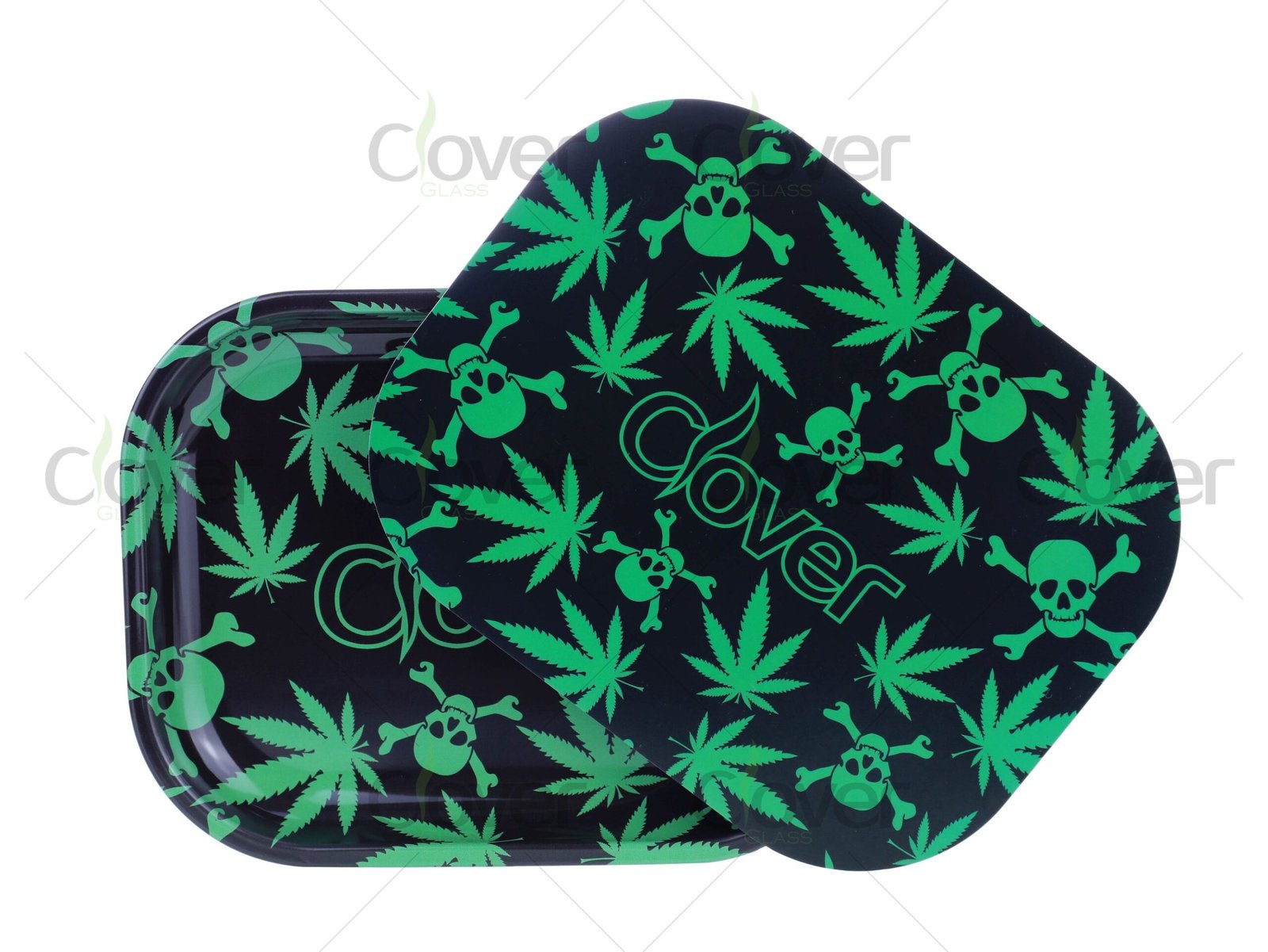
Are Rolling Trays Worth It?
Yes. They reduce waste, speed setup, and protect surfaces—especially useful if you prep often or use heat-adjacent tools with Oil burner pipes.
When I audit shops, the tidy stations have trays; the messy ones don’t. Trays pay for themselves with fewer spills and less lost material. From a retailer perspective, trays are a margin booster: inexpensive to buy in bulk, easy to brand, and they elevate the unboxing experience. For consumers, it’s about control: a clean zone lowers stress and reduces accidental burns or scratches on furniture.
A fast checklist I share with buyers:
- [ ] Choose a size you’ll actually keep on the table (medium fits most).
- [ ] Prefer metal or silicone for heat-tolerance near hot tools.
- [ ] Look for rounded corners—easier to wipe clean.
- [ ] Add a removable silicone mat if using sticky concentrates.
- [ ] For travel, pick low-profile trays that slip in a backpack.
What are the holes in a rolling tray for?
Those are slots for tips, lighters, pens, or a small cone stand. They keep upright items from rolling across the tray. Some premium models add phone stands or magnetic areas for small tools. If you’re working around Glass Oil burner Pipe gear, a few smart holes reduce clutter and keep hot items away from paper scraps.
Should you clean your rolling tray?
Yes—cleaning is harm-reduction. Wipe metals with isopropyl alcohol (≥70%) and a microfiber cloth. Silicone can be washed with warm soapy water. Don’t soak printed aluminum for long; clean quickly and dry to protect the print. If you’ve used the tray near heat, let everything cool before wiping to avoid thermal shock.
Are rolling trays necessary?
If you roll a couple of times a year, a plate works. If you prep weekly (or handle Oil burner pipes and tools), a tray becomes essential. It standardizes your workflow and eliminates hidden costs—wasted material, damaged tabletops, and lost accessories.
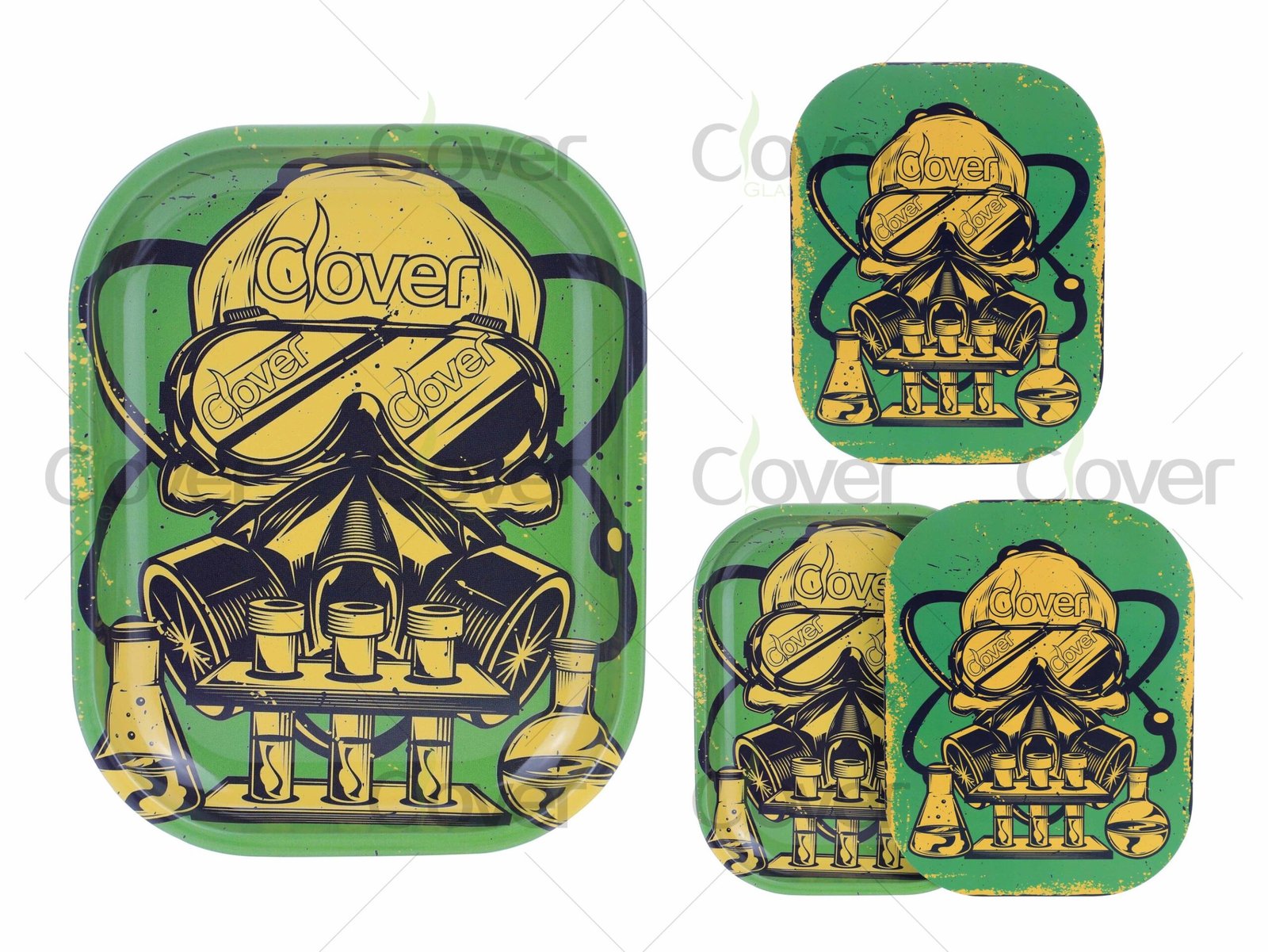
What Can I Use Instead of a Rolling Tray?
Use a ceramic plate, a shallow baking sheet, a bamboo cutting board, or a silicone baking mat—flat, non-porous, and easy to wipe.
Traveling? A hardcover book jacket or a shoebox lid works—just add parchment to reduce static. For Oil burner pipes, avoid thin plastic; it warps with heat. A small tempered-glass clipboard with rubber feet is a clever DIY: stable, flat, and heat-resistant. Whatever you choose, edges matter; a little lip prevents runaway crumbs.
Do professional painters use paint trays?
They do—and that’s a useful analogy. Painters centralize paint and rollers to minimize drips; we centralize herbs and tools to minimize mess. The takeaway is workflow design: one contained zone, predictable tool placement, easy clean-up. This is exactly what makes trays pair so well with a Glass Oil burner Pipe setup—your tools have a home.
How to make your own paint roller tray?
DIY a tray from a metal baking sheet plus a silicone mat cut to size. Add self-adhesive feet underneath for grip. If you want compartments, 3D-print small dividers or repurpose silicone ice-cube molds. For branding (shops), UV-print on aluminum blanks or add a logo sticker sealed with clear film. Just keep hot tools on silicone only.
What can I use in place of rollers?
If you mean pastry rollers, a wine bottle works (more on that later). If you mean rolling papers vs. alternatives, pre-rolled cones and hand rollers speed things up. For Oil burner pipes, don’t substitute heat tools with household items; use proper torches and follow timing best practices:
Keep flames away from acrylic or thin plastics.
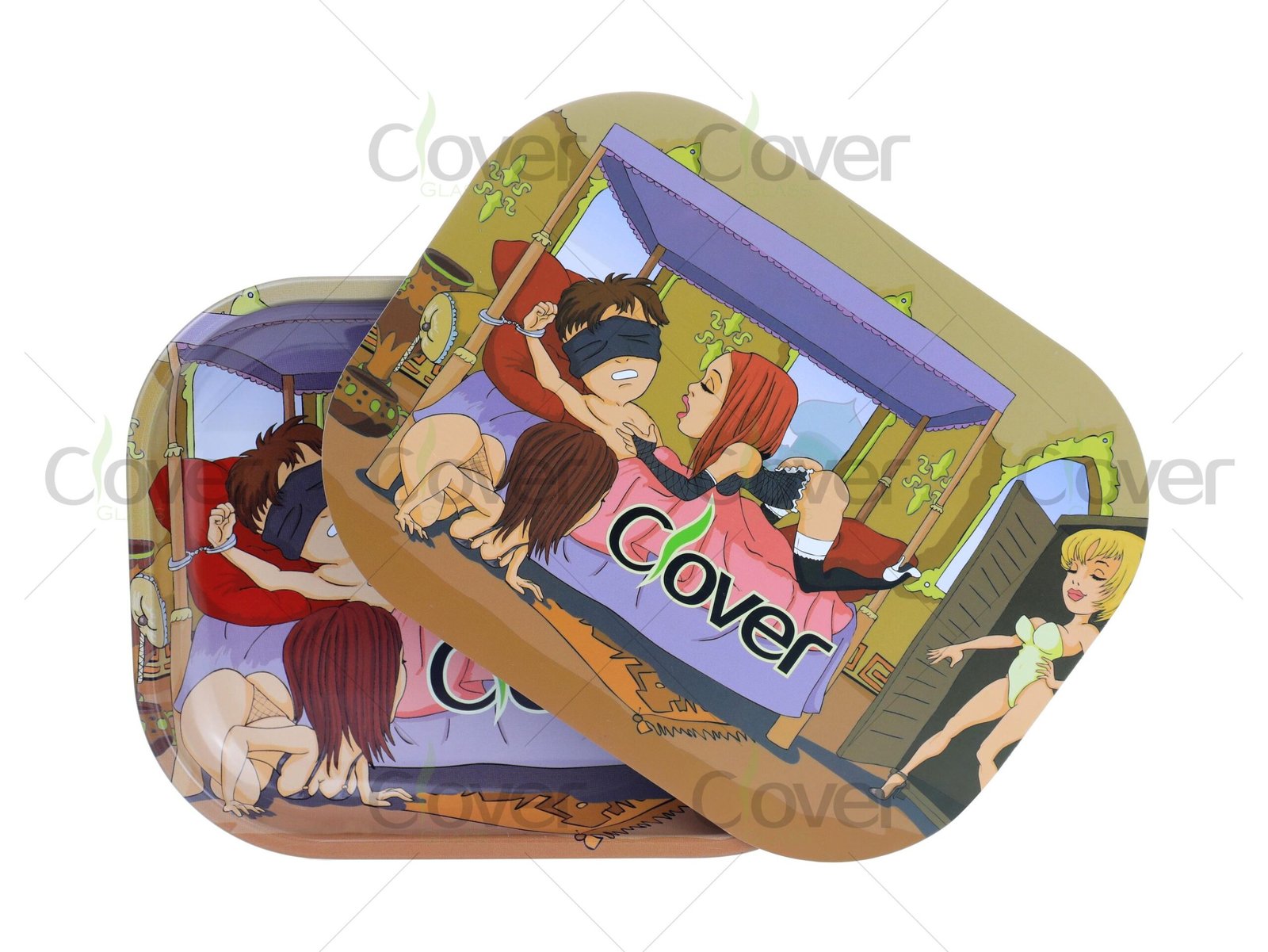
What Can I Use Instead of a Rolling Tray? What Do You Need to Make Rolling Trays?
You need a smooth base (metal, wood, acrylic) plus edge containment; add silicone where heat or stickiness appears, and consider branding if you resell.
From my factory experience, a successful OEM tray balances look and lifespan: good gauge metal, rounded corners, clean UV print, and a QC check for burrs. Shops ordering Oil Burner pipe wholesale often co-brand trays to lift AOV and gift appeal. Our typical OEM lead time is 20–25 days with low MOQs, and we stock blanks in our LA warehouse to shorten delivery for U.S. clients.
What can I use if I don’t have a roller tray?
Short term: cookie sheet, ceramic dinner plate, bamboo board, tempered-glass frame. Lay down parchment for quick cleanup. If you’re using Oil burner pipes, place a silicone pad on top so hot tools never touch wood or paint.
How to create a tray?
Start with a 12×8 in aluminum blank. Deburr edges, press gentle 5–8 mm lips, then UV-print your design. Add non-slip feet and optionally a magnetic strip for tools. For a hybrid tray, drop in a removable silicone mat. QC checklist: flatness, scratch test, print adhesion, lip uniformity.
Where can I buy custom rolling trays?
We produce custom trays and bundle them with Glass Oil burner Pipe kits. With inventory staged in LA, we can ship small runs quickly while your OEM batch is in production. Email me for quotes or sample photos; I’ll price the tray alone or as a set with Oil burner pipes to save freight.
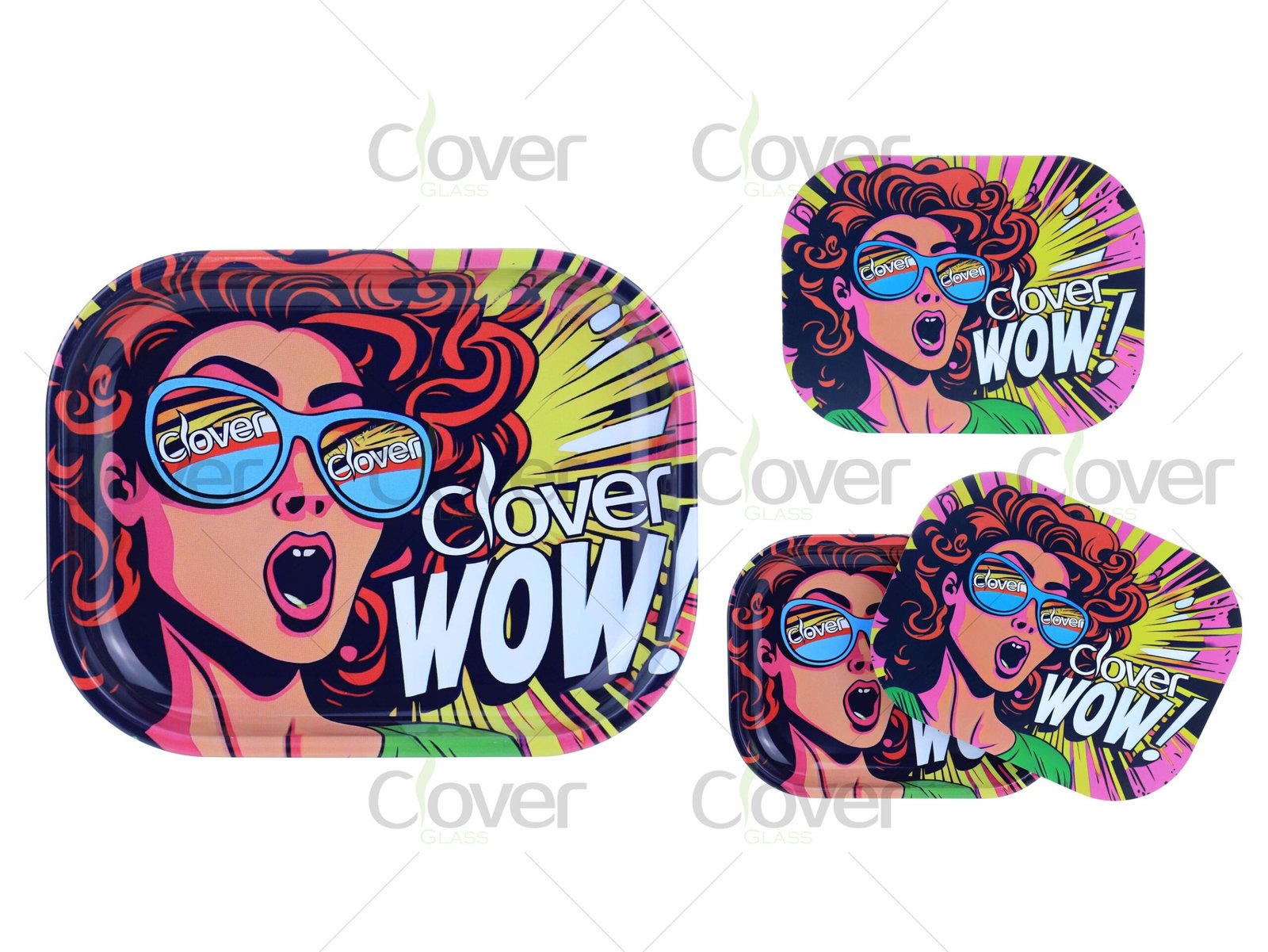
What Can I Use to Roll Out Dough If I Don’t Have a Rolling Pin?
For baking, use a chilled wine bottle or straight jar; for trays, keep kitchen tools separate from session gear for hygiene and safety.
This question shows up in keyword maps, so here’s the safe guidance. Food prep and herb prep shouldn’t share tools. If you borrow a kitchen surface (cutting board, plate), sanitize thoroughly and keep heat away from plastics. In shops, I avoid cross-imagery; consumers appreciate clear boundaries and safe practices.
Can you use parchment paper for rolling dough?
Yes—parchment reduces sticking in baking. For trays, parchment acts as a disposable liner: fold it into the corners, work on top, then funnel waste back into your jar. It’s great for sticky concentrate containers used alongside Oil burner pipes, but keep open flames far from paper.
What can replace a rolling pin?
In kitchens: wine bottle, stainless tube, PVC wrapped in film (food-safe only). In our world, the parallel is pre-rolled cones or hand rollers as time-savers. The lesson: choose tools that reduce friction in your process. A tray + cones combo is the fastest clean setup I know.
What keeps dough from sticking to a rolling surface?
Flour for pastry; non-stick mats for herb prep. With trays, a small silicone rectangle keeps sticky jars from sliding and protects logos from hot tools. If residue builds, pause and clean—sticky surfaces waste more than they save.
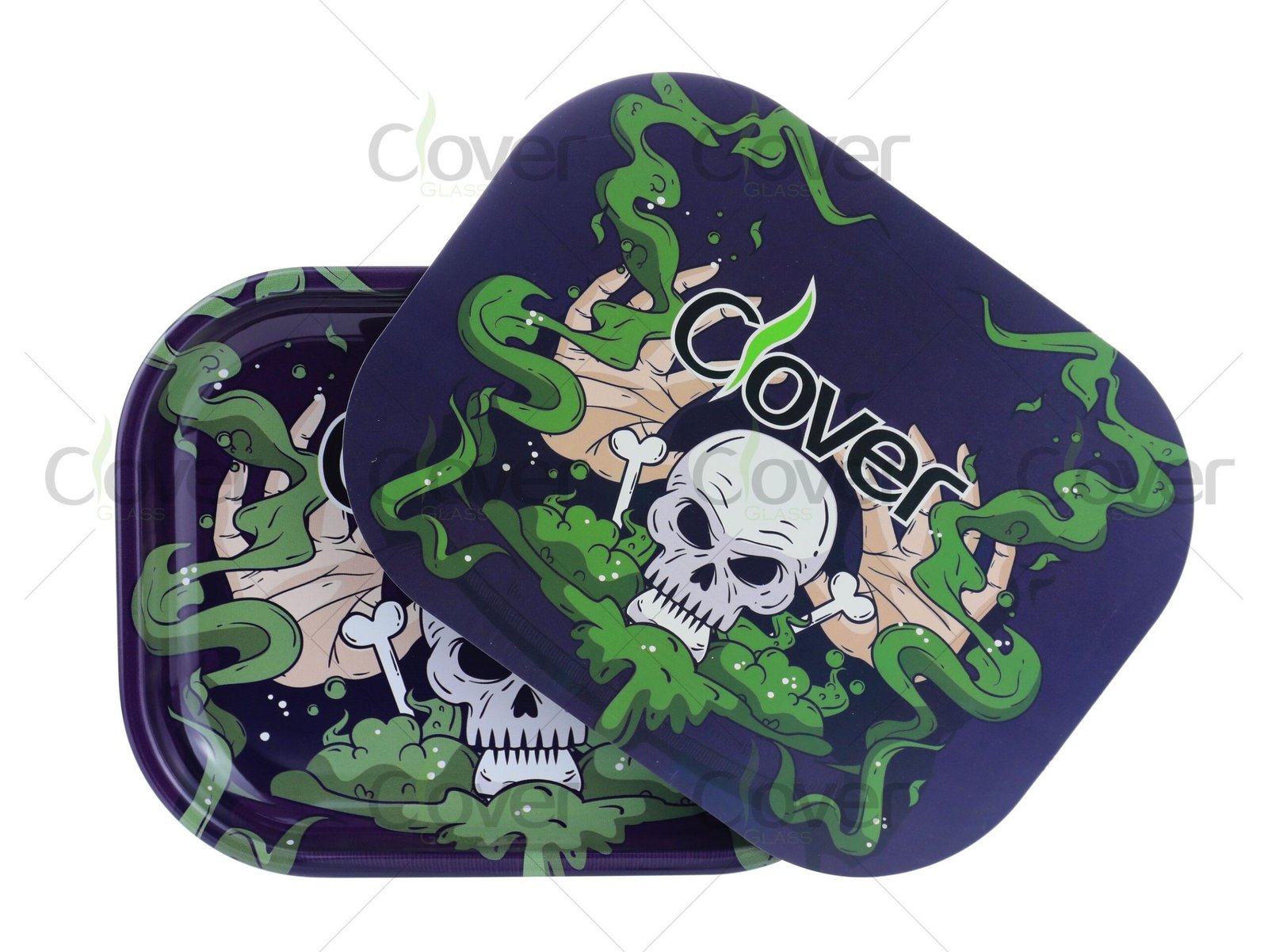
What’s Better, Steel or Aluminum Tray?
Aluminum for daily use and printing; stainless steel for maximum durability and lab-style cleaning.
Steel is tough but heavy and expensive to print; aluminum is light, affordable, and takes color well. For Oil Burner pipe wholesale bundles, aluminum wins on cost and shipping. If you run a bar-style lounge or want a clinical look, stainless is compelling.
Quick comparison
| Metric | Aluminum | Stainless Steel |
|---|---|---|
| Heat tolerance | Good | Excellent |
| Weight | Light | Heavy |
| Print/branding | UV print friendly | Limited without engraving |
| Durability | Very good | Outstanding |
| Price | $$ (best value) | $$$ |
| Best for | Daily users, private label | Commercial, lab-style cleaning |
What are ute trays made of?
Ute (utility vehicle) trays use alloy aluminum or steel for strength and weight balance. The analogy matters: alloy for weight savings; steel for ruggedness. For rolling trays, you’re chasing flatness, light weight, and clean edges—hence aluminum’s popularity.
Are aluminum trays good?
Yes—especially for shops that want private-label prints and for consumers who appreciate easy cleaning. If you use hot tools near Oil burner pipes, add a silicone pad to protect the print and further reduce heat transfer.
Is stainless steel better for you than aluminum?
For rolling tasks, both are safe. Stainless tolerates aggressive cleaning and won’t dent; aluminum is easier to handle and store. If you’re extremely rough on gear or need dishwasher-level sanitation, pick stainless; otherwise, aluminum is the smarter buy.
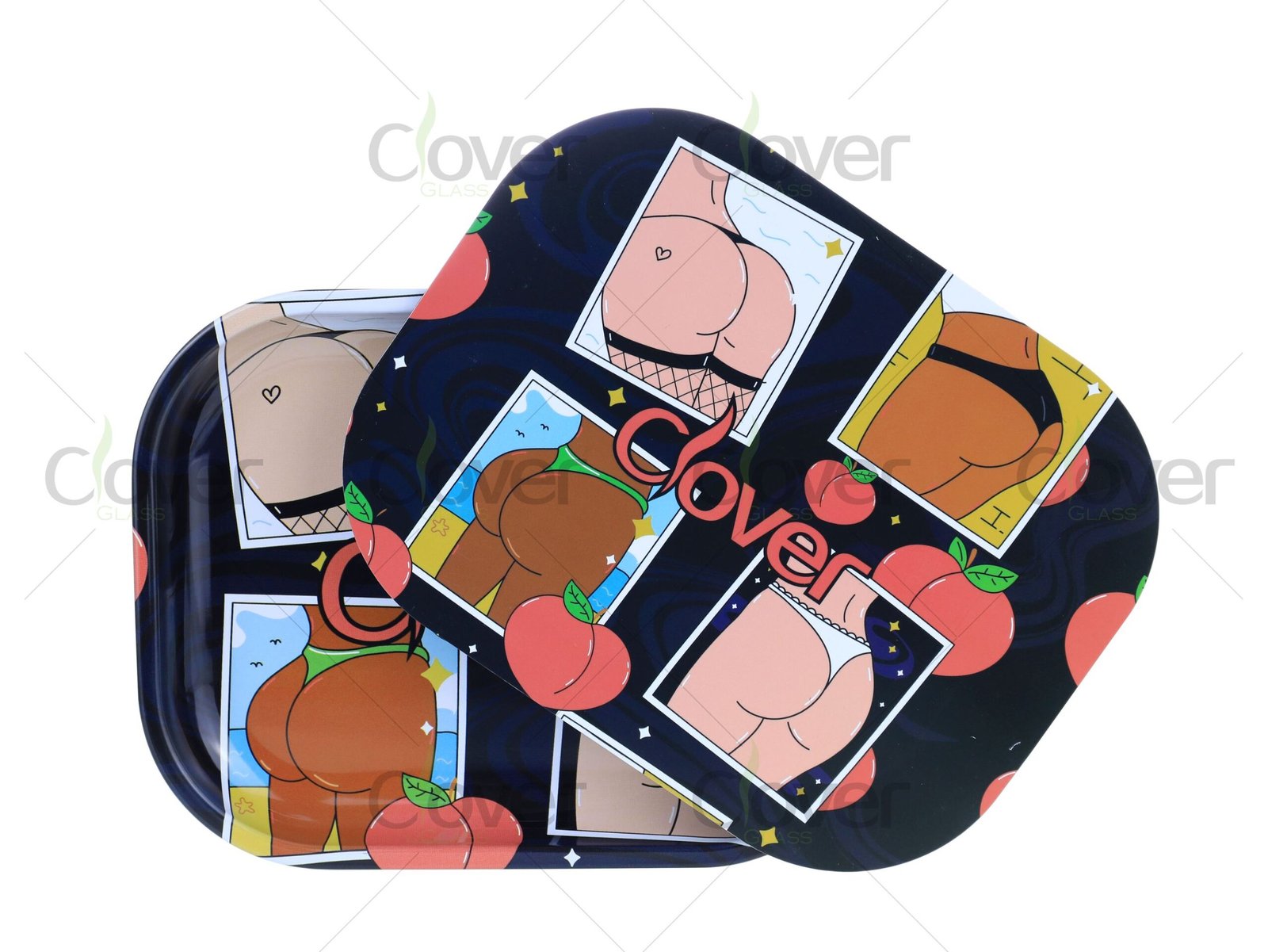
Are Metal Rolling Trays Better Than Plastic? Can You Use a Plate as a Rolling Tray?
Metal beats plastic for heat and longevity; a plate works temporarily but lacks edges and grip.
Plastic (ABS) trays are light and colorful, but they can warp near heat. For any setup including Glass Oil burner Pipe tools, I recommend metal + silicone. Plates? Sure, in a pinch—but curved rims and slick glaze cause slips. If you go plate, pick one with a flat center and matte finish, and line it with parchment.
What is an alternative to a rolling tray?
- Silicone baking mat on any tabletop.
- Shallow cookie sheet with rubber feet.
- Bamboo board sealed with food-safe oil.
- Tempered-glass organizer (add a silicone corner).
Each option pairs well with Oil burner pipes if you keep flames away from anything that can scorch.
What are the holes in a rolling tray for?
They’re tool ports—holders for tips, lighters, even a small debowler. Ports save time by putting vertical tools where your hand expects them. If you’re customizing trays for a shop, add two small tip wells and one phone stand; the conversion lift is real.
Is a rolling tray worth it?
Yes—and if you already bought one, a silicone insert is the $5 upgrade that prolongs life and protects prints. See the earlier section for a buyer checklist you can follow in-store.
What are the two types of trays?
Flat single-panel trays and compartment trays. Flat is easy to clean; compartment trays shine when you juggle grinders, tips, and Oil burner pipes or dab tools. If you host friends, compartments keep the chaos down.
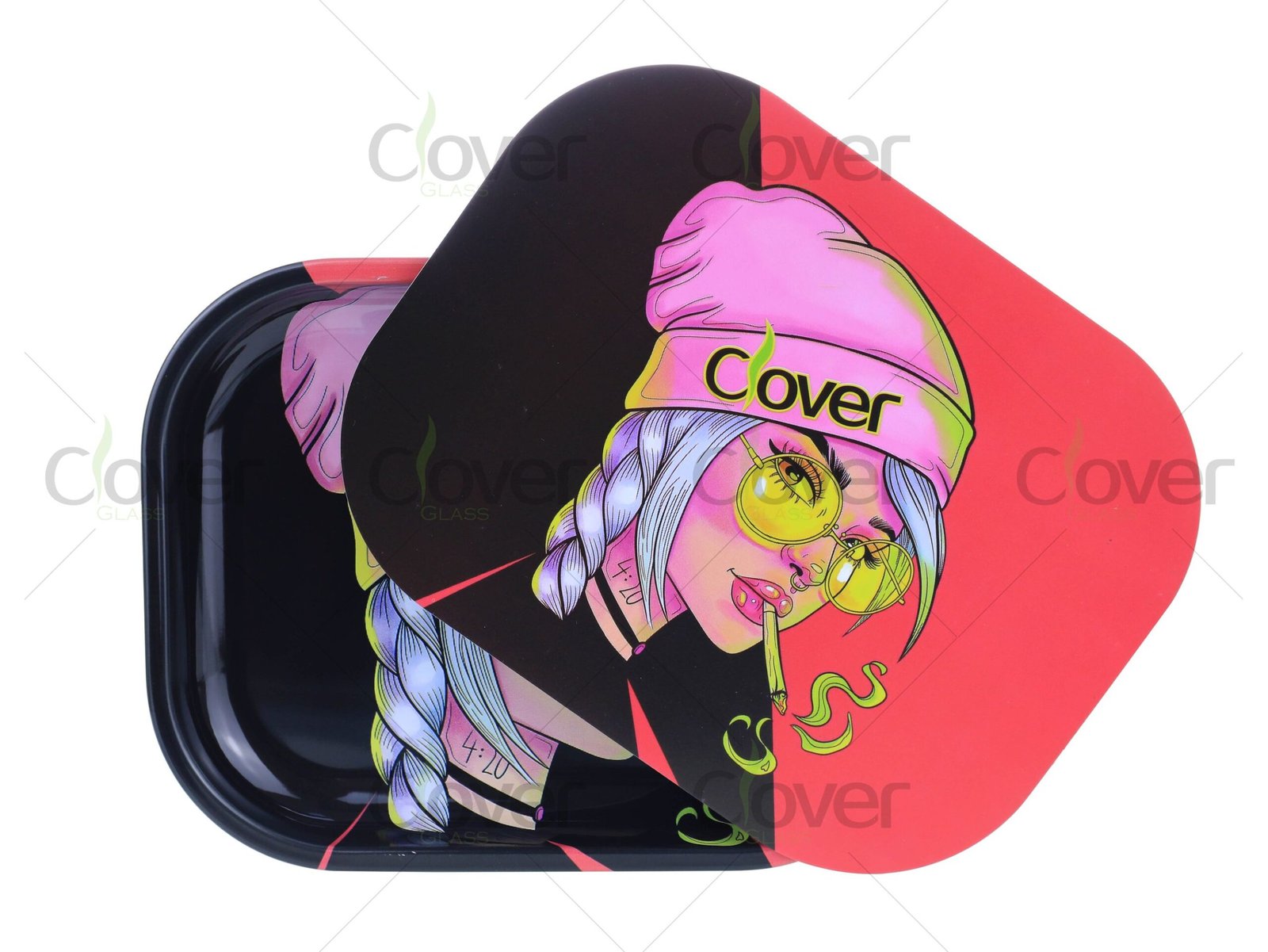
What is the Most Common Material Used to Make Custom Trays?
Aluminum and acrylic dominate custom work because they print beautifully and ship well.
In our factory, we hold aluminum blanks in multiple sizes, then UV-print designs on demand. Acrylic’s glass-like clarity wins in boutiques but needs careful packing. For large chain orders, aluminum’s dent resistance and low freight cost make it the safe bet. When clients buy Oil Burner pipe wholesale, co-branding the tray with their logo and care tips turns a simple accessory into a mini billboard on every coffee table.
What are the two types of trays?
Flat and sectional. With custom art, flat panels look cleaner; with function-first briefs (especially those bundling Oil burner pipes), sectional trays add wells for filters, tips, and a 90×140 mm silicone rectangle.
What is an acrylic tray?
Acrylic is a clear thermoplastic with a premium look. It prints nicely and feels upscale, but it scratches more easily than metal and shouldn’t meet hot torches. If you pick acrylic, pair it with a removable silicone insert and tell buyers to keep heat off.
What are hospital trays made of?
Typically stainless steel or ABS—engineered for sanitation and repeated cleaning. For home rolling, they’re overbuilt and heavy, but the lesson applies: clean edges, smooth surfaces, and easy disinfection matter.
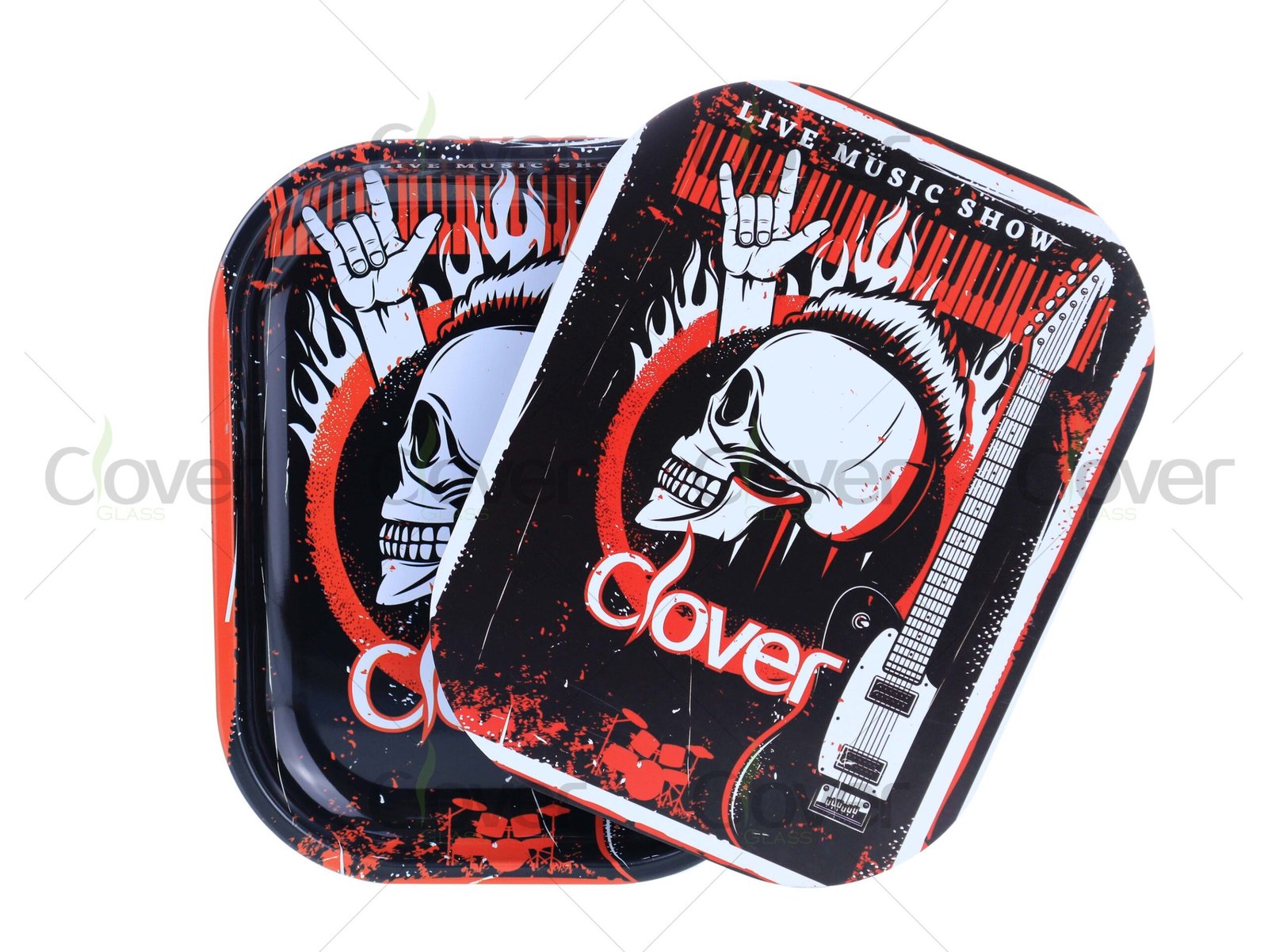
What is the Healthiest Material for Rolling Paper?
No paper is “healthy,” but unbleached, additive-light hemp or rice papers are the safer choice.
As a supplier, I avoid medical claims and focus on transparency: lighter processing, fewer dyes, and clean burn are what consumers look for. Bundle papers thoughtfully with trays and Glass Oil burner Pipe kits so buyers can set up responsibly.
What brand makes the best rolling paper?
Preferences vary. RAW, OCB, Elements, Vibes lead demand in our U.S. data. For stores building bundles, mix one hemp, one rice, and one ultra-thin option to let customers test burn rates and taste. A small sampler taped to the tray is an easy upsell.
Are rolling papers better for your lungs?
Combustion always carries risk. “Better” usually means cleaner burn and fewer additives. Encourage slow, even burns and proper ventilation. Trays help here by keeping Oil burner pipes and papers separate from ash, which reduces contamination.
What rolling paper do rappers use?
You’ll see RAW and Vibes frequently in culture. That visibility helps retail displays—pair those brands with your private-label tray to ride the trend without price wars.
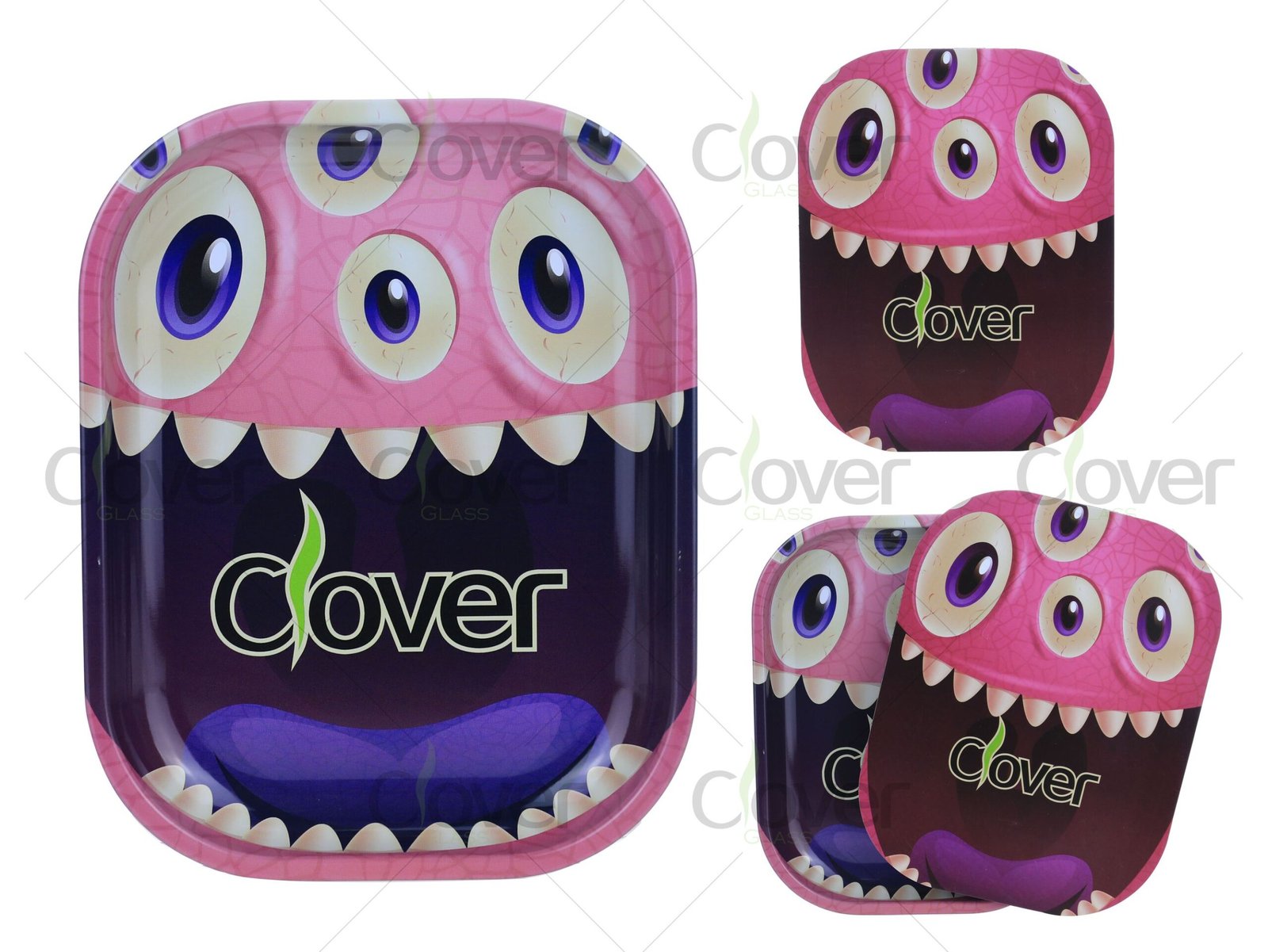
What is the Best Material for a Rolling Tray?
For most people: aluminum base + removable silicone insert. Wood for aesthetics; stainless for heavy duty.
This combo checks all boxes: quick wipe-downs, decent heat resistance near Oil burner pipes, and a protected print. If you love the look of bamboo, seal it and add a silicone zone. For travel, ultra-thin tinplate wins on weight.
What is the best surface for rolling pastry dough?
A cool, smooth stone (marble/granite) resists stickiness—useful as an analogy. In our space, cool tempered glass behaves similarly for a clean, dust-free surface. Just park hot tools on silicone only.
Are silicone mats good for rolling dough?
Yes—and that translates directly to herb prep. Silicone is non-stick, heat-tolerant, and grippy. Drop a 2–3 mm mat into your metal tray to catch sticky residue and protect prints when working around Oil burner pipes or torches.
Should you rest pastry before rolling?
In baking, resting relaxes gluten. For us, the principle is different: pause to cool hot tools before they touch the tray. That small habit prevents warping and extends tray life—especially with acrylic or printed aluminum.
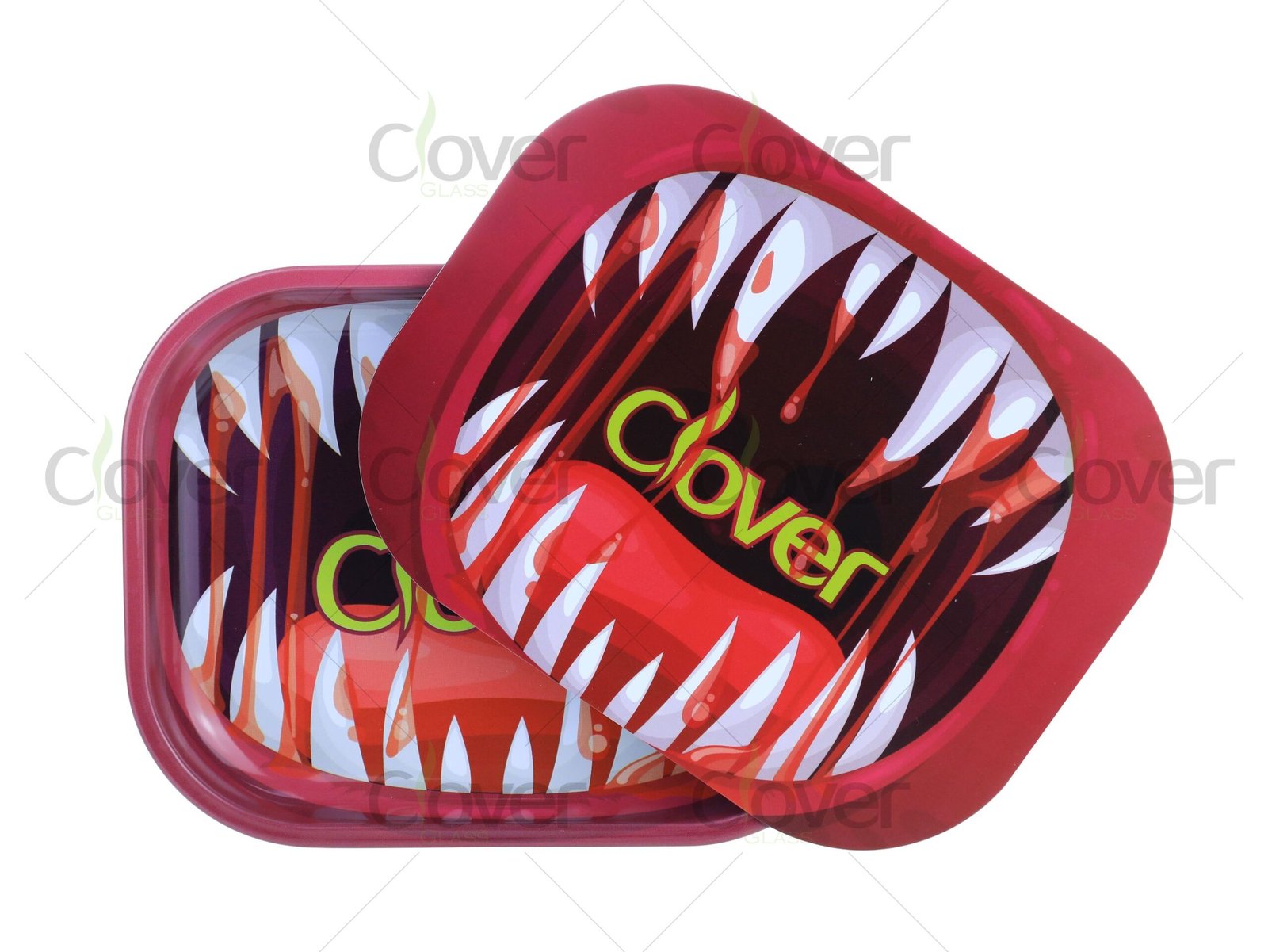
What Materials Can Be Used in Rolling?
Any flat, non-porous surface with a small lip: aluminum, stainless, acrylic, bamboo, tempered glass, or silicone. Avoid cardboard near heat.
If you’re building a kit around Glass Oil burner Pipe products, prioritize heat tolerance and easy cleaning. The simplest package we ship to retailers is: medium aluminum tray + mini silicone mat + cone stand + card scraper. It’s cost-effective and makes new users feel prepared.
What is the best rolling method?
Pick the one that reduces frustration:
- Pre-rolled cones: fastest and most consistent for beginners.
- Hand rolling: most control; pair with a medium tray and tip wells.
- Roller machines: batch friendly for events.
If you’re using heat tools, keep the flame controlled and follow a timing routine (see the earlier formula). Trays help you stage tools safely.
What is the temperature of cold rolling?
In metallurgy, “cold rolling” is a forming process—not our use case. For session prep, think room-temperature stability: keep trays cool and dry, avoid direct sun, and let hot tools cool off-paper on silicone to prevent scorching or print damage.
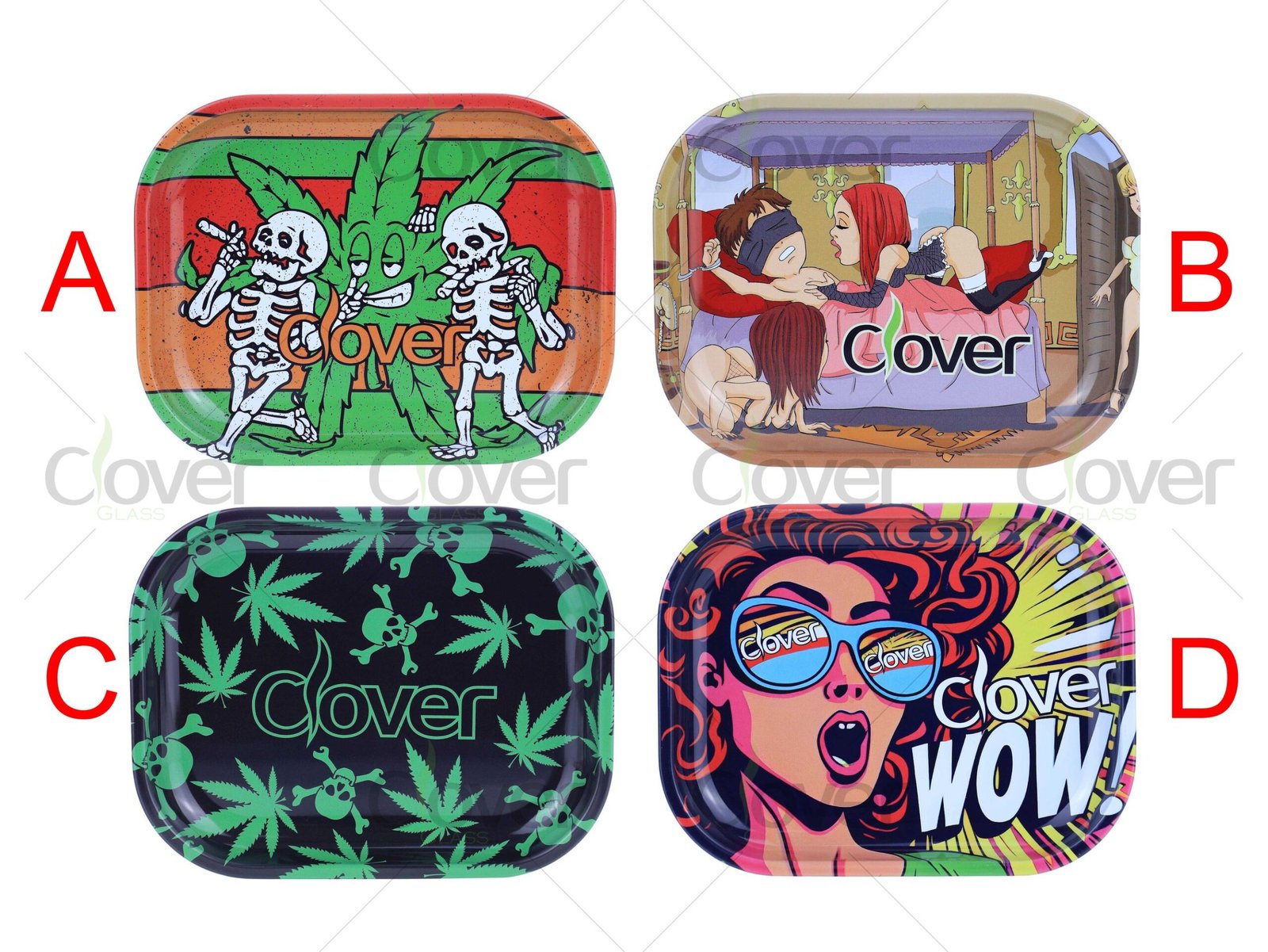
Conclusion
Rolling trays look simple, but the right choice changes daily use: less waste, faster setup, and safer handling when Oil burner pipes or hot tools are nearby. As a manufacturer with LA inventory and 20–25-day OEM, I bundle trays with Glass Oil burner Pipe sets to lift cart value and deliver a better first experience.
